How long do orchid blooms last? Orchid experts reveal the answer
Learn how long orchid blooms last, as well as tricks to prolong the display, so you can relax and enjoy their color and beauty
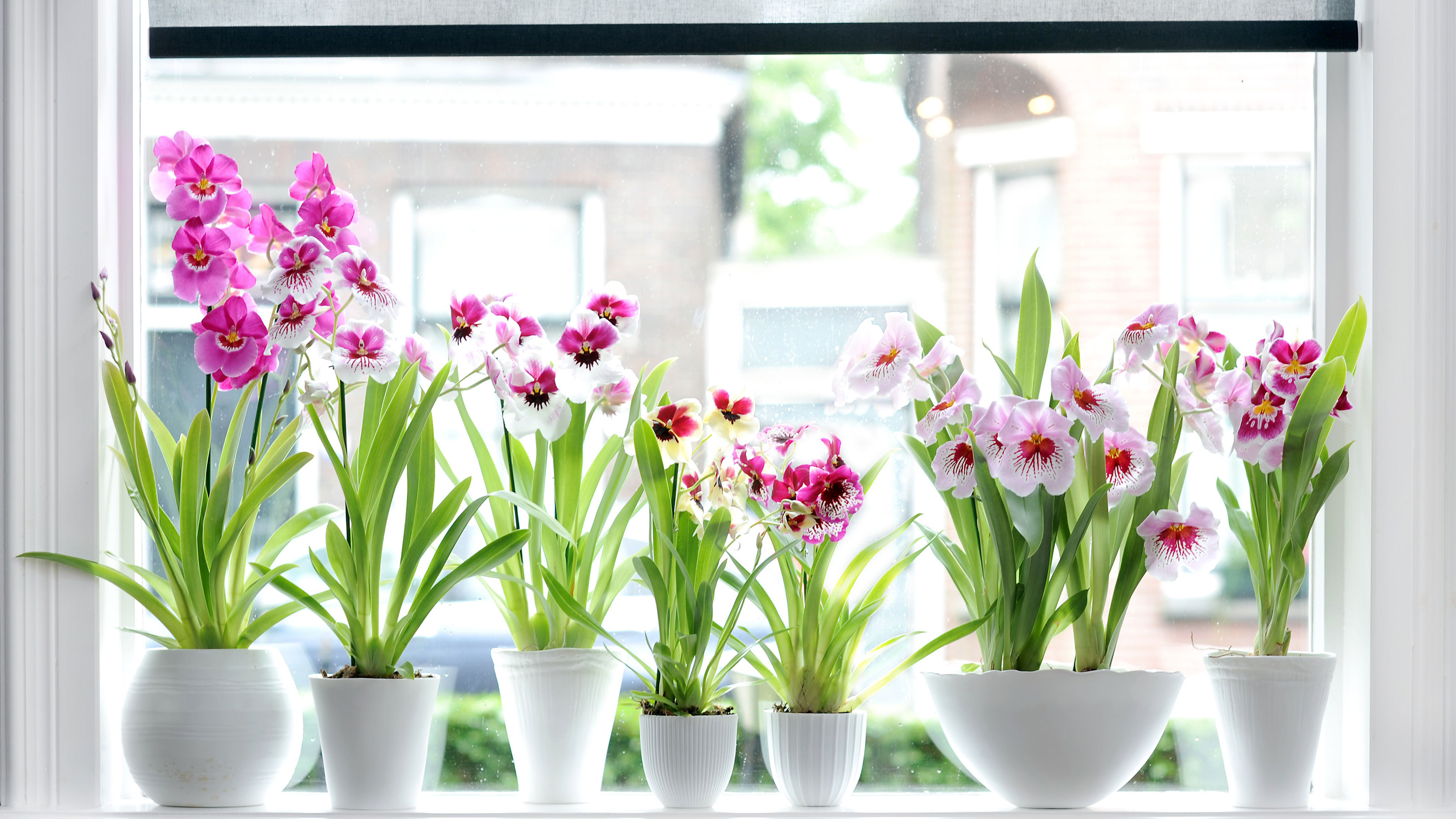


Seduced by their charm but unsure how long orchid blooms last? Well, with the correct care and climate these tropical gems can last much longer than you may first think.
Prized by interiors designers and hugely popular as gifts, you may be forgiven for thinking these exotic looking plants may only last for a week or so before dropping their magnificent flowers. The good news, however, is that with the right orchid care and the right conditions, these waxy blooms can last for much longer and thrive happily in our homes.
With over 28,000 species, orchids are one of the largest flowering families so there are plenty of tempting flower types to choose from. These include the chic and instantly recognisable phalaenopsis, vibrant dendrobium and oncidium with its mass of tiny star-like flowers. Follow a few simple tips, as detailed below, and they will happily perform for months on end.
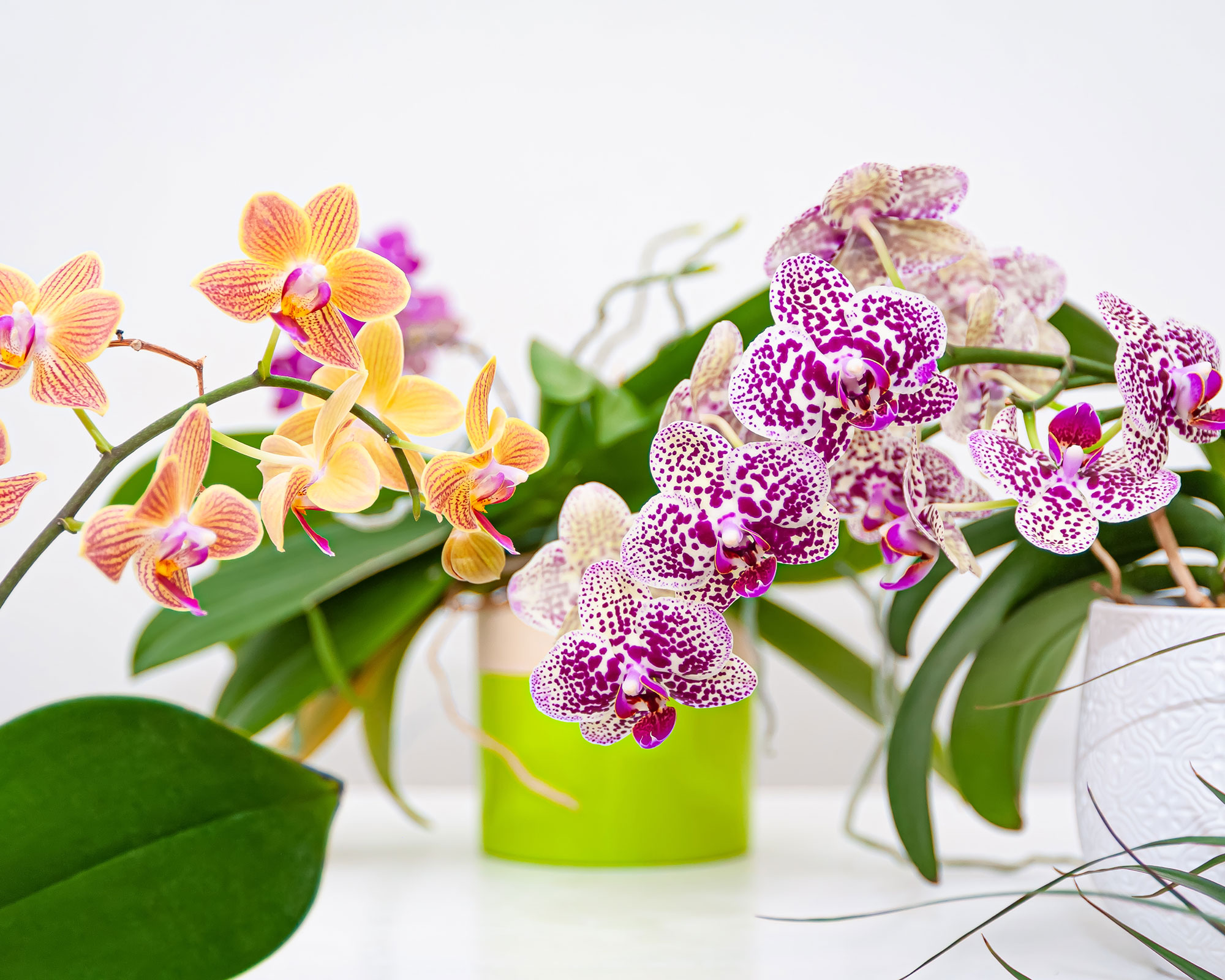
Encourage blooms to last longer by providing humid conditions
How long do orchids blooms last?
Regarded as one of the most desirable and exquisite indoor plants, orchids can bloom for a surprisingly lengthy amount of time.
‘This can vary greatly considering the type of orchids and the conditions in which they are kept – for example some cattleyas may only flower for one week or so, whereas some phalaenopsis can flower for several months,’ say the experts at McBean’s Orchids.
Manos Kanellos, the author of Growing Orchids at Home: a beginner’s guide (available at Amazon), agrees: ‘For phalaenopsis, flowers can last 4-6 months. For cymbidiums, 2-3 months and for cambria orchids 4-6 weeks. In general, the cooler the room temperature, the longer the flowers will last.’
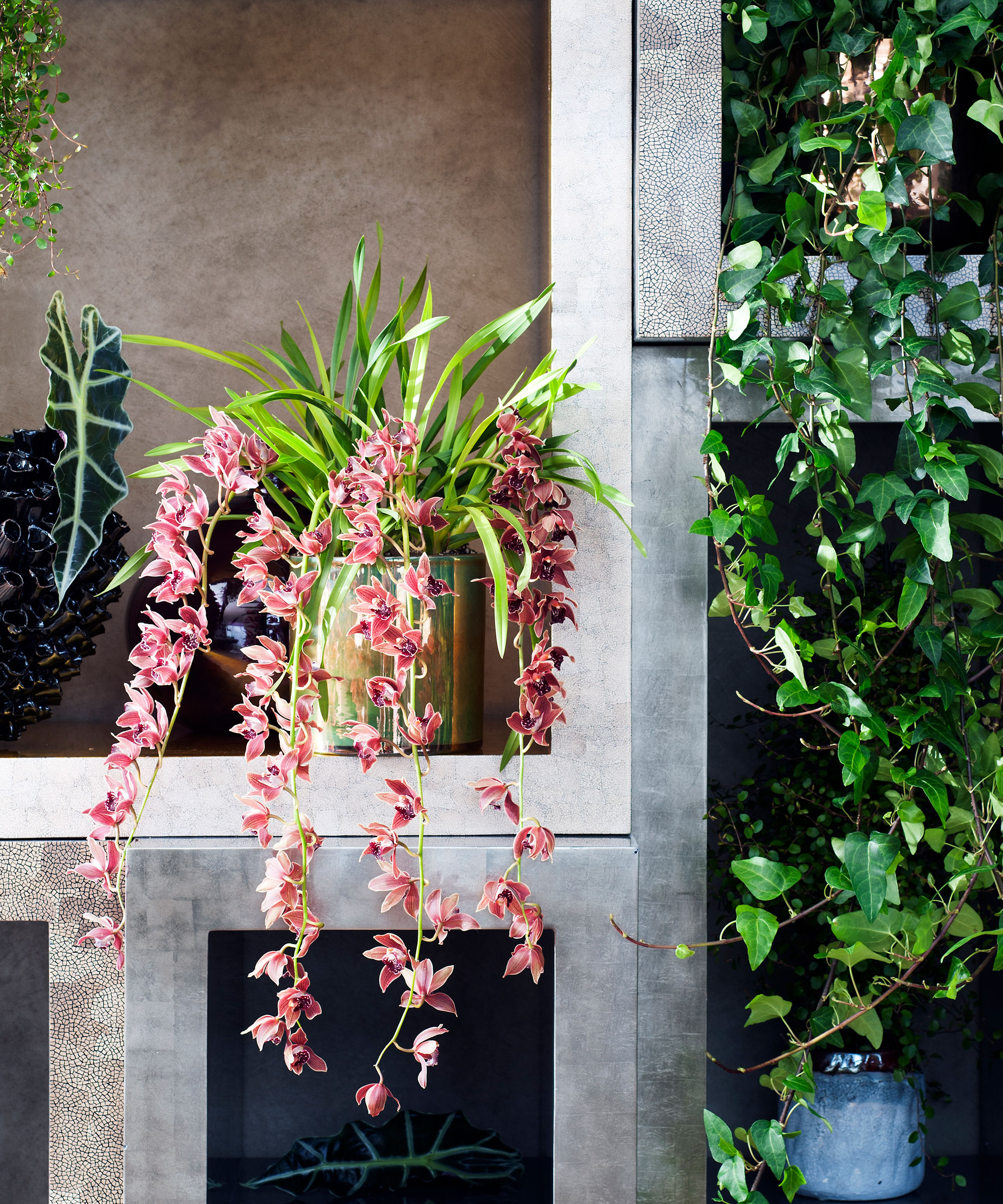
Cymbidium orchids normally flower once a year
What can you do to make orchid blooms last longer?
Although not the most demanding of plants in an indoor garden, there are a few factors to consider when it comes to keeping indoor orchids happy, healthy and blooming for longer. We asked Bloomscape's gardening expert, Lindsay Pangborn for her tips.
- Keeping your orchid in ideal conditions for it to grow will allow your blooms to last longer. Orchids prefer bright, indirect sunlight such as light from an eastern facing window. A lack of sunlight is one of the main reasons you might struggle to get an orchid to rebloom too.
- Water your orchid when 75% of the potting media volume is dry. Make sure to water it thoroughly, until you see water dripping out of the drainage hole. Your orchid will also appreciate added humidity from a people tray or humidifier. Incorrect watering can cause be a reason for your orchid leaves drooping too.
- In the spring and summer months, make sure to feed your orchid with a foliar fertilizer every time you water it, and feed once a month during the winter and fall.
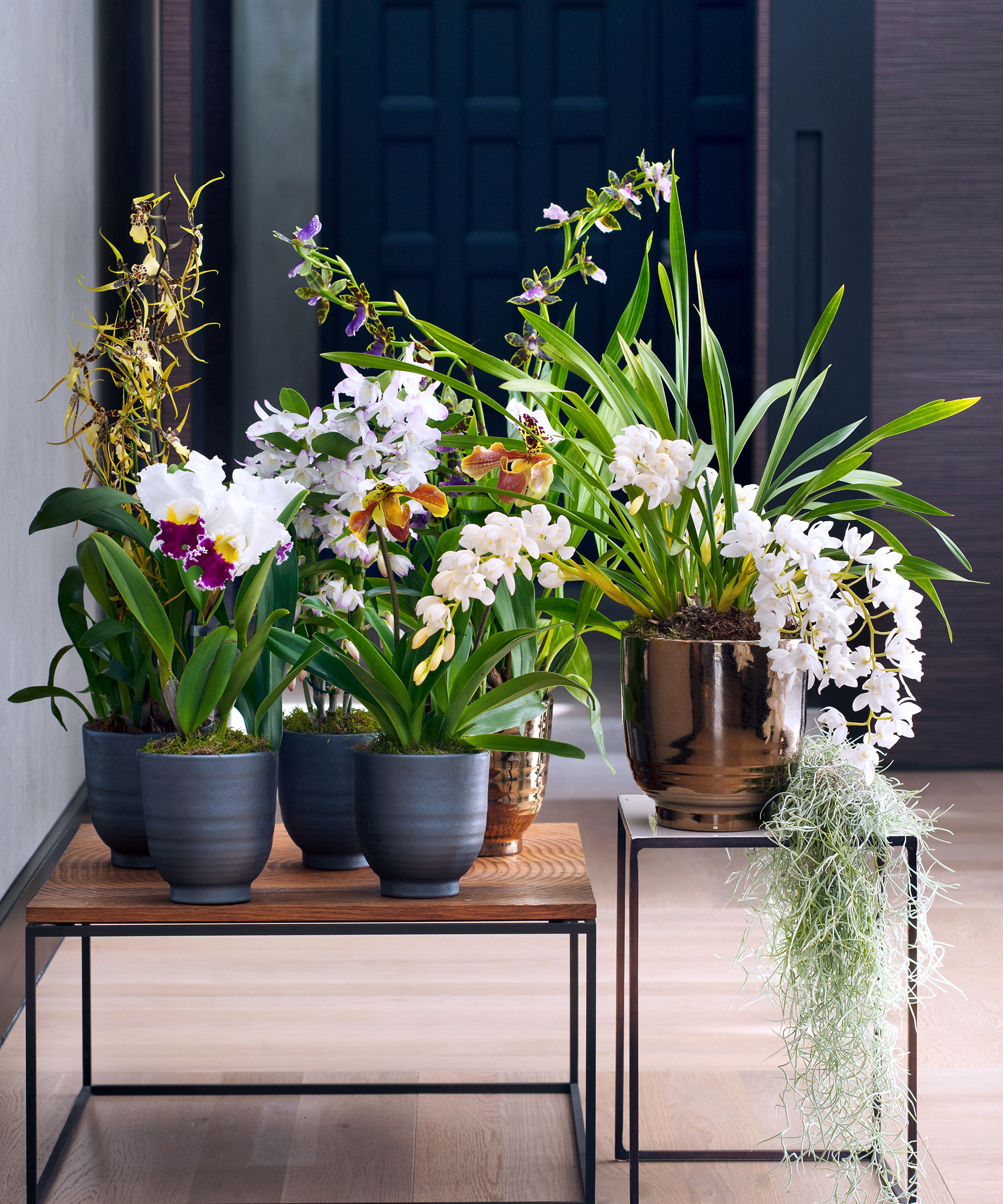
Keep orchids healthy with good light and ventilation
How long do you have to wait for an orchid to bloom again?
As orchids are usually sold or gifted when they are in flower it can seem odd to see these plants without their chic and showy blooms. You can even be forgiven for thinking that they have reached the end of their purpose or that they will need expert care and attention to coax them to reflower, but thankfully this is not so.
‘Reblooming varies between orchids,’ say the experts at renown UK specialists McBean’s Orchids. ‘We specialise in oncidium, which can flower in both spring and mid-winter, and cymbidium, which flower once from late fall into spring. Phalaenopsis, however, vary, and if you cut your spent flower spike at the second node up, you may find another spike growing in one month, or in several.’
Houseplant expert Ben Norman at Baby Bio says, ‘the key is to be patient! Once your orchid flowers have fallen off, the stems can be bare for a long time after, which can lead many to believe that the plant has died, but that’s not the case. After flowering, orchids often enter a dormant period that can last for up to 4 to 6 months. Keep maintaining your care routine and it will flower again.’
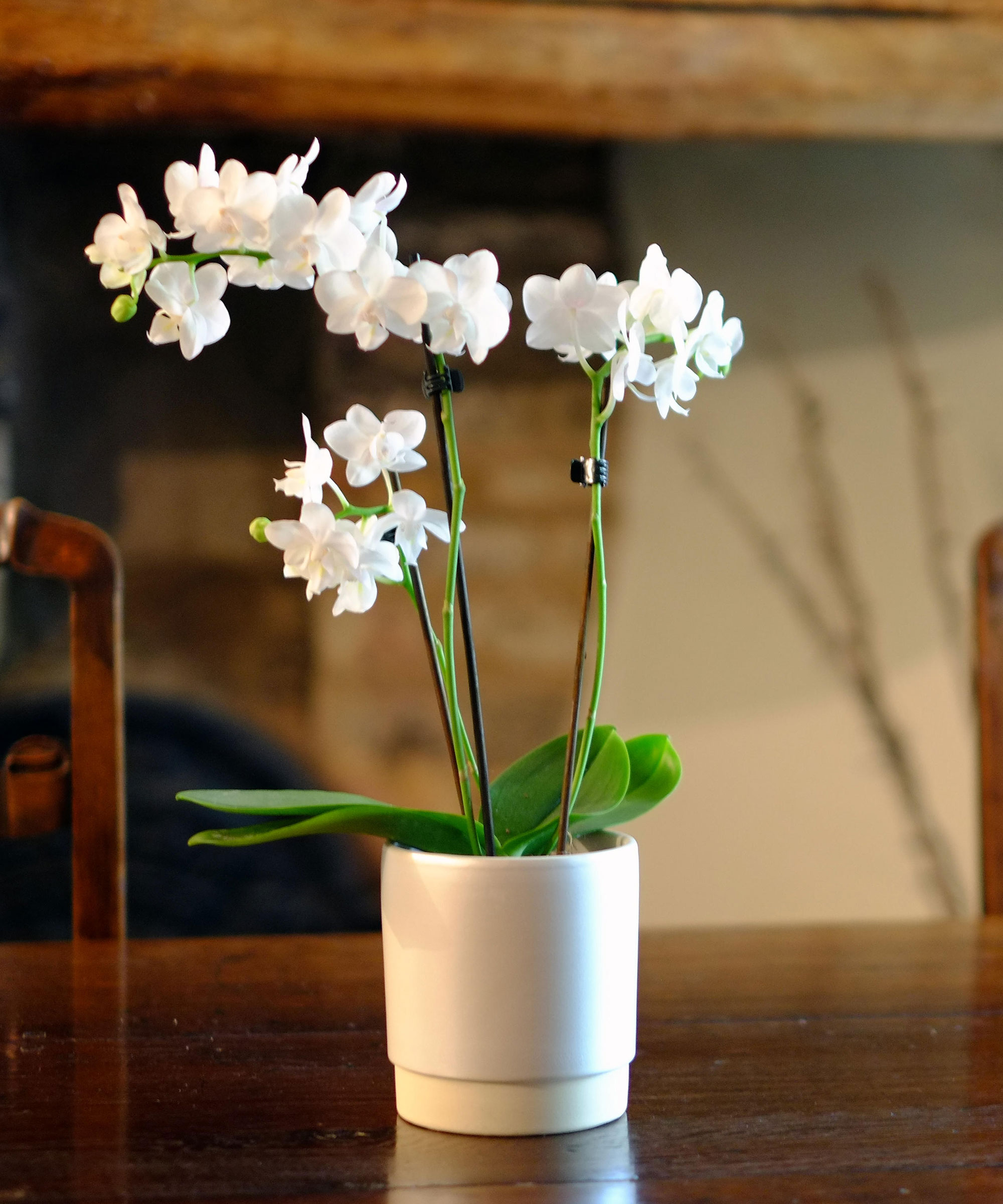
Do you need to water an orchid when it's blooming?
‘Yes, it is important to keep your orchid hydrated when it’s blooming,’ continues Lindsay Pangborn. ‘If your orchid’s pot has completely dried out, make sure to give it a good soak to allow it to rehydrate. However, make sure your orchid is not sitting in water, because this could cause orchid root rot.
'Usually, the roots should be firm and greenish, but if they are rotting they may be mushy and discolored. Make sure to keep the moss damp at all times, but never soggy and always make sure to dump out extra water that accumulates after watering.’
Manos Kanellos cautions to water as normal during flowering, adding, ‘If the orchid gets too dry, the flowers may wither and as they lack stomata they will not come back.’

Jill puts her love of plants and all things garden related down to the hours spent pottering around with her Nan and Grandad when she was little. Today she is lucky enough to have a garden of her own in Surrey, England, and spends much of her time writing about them too.
